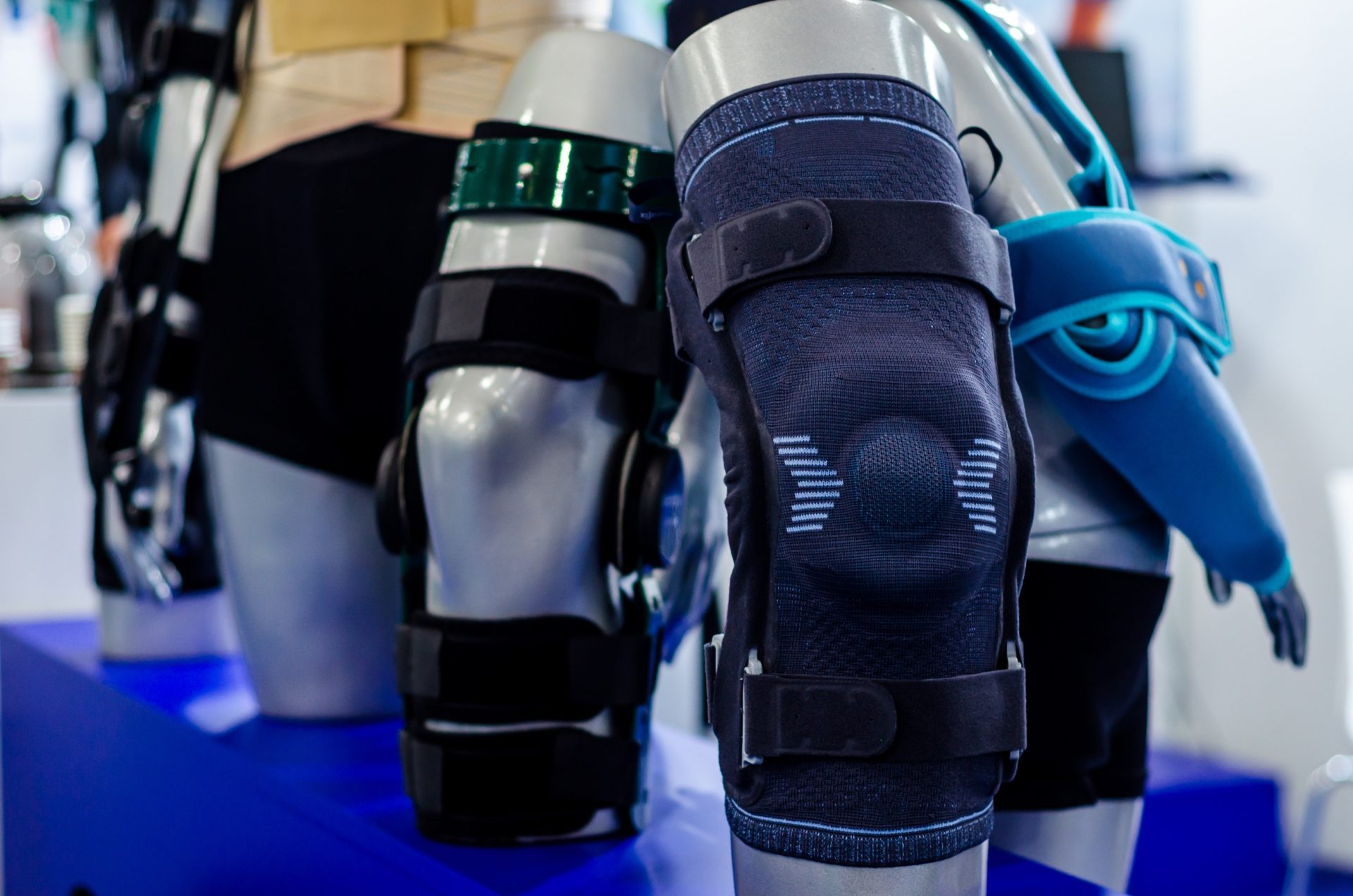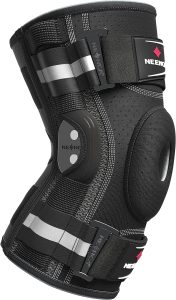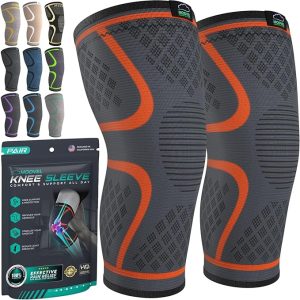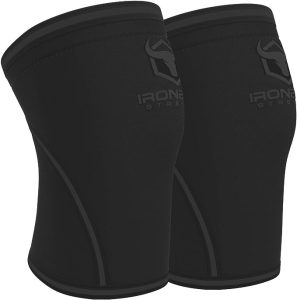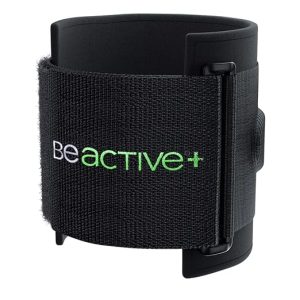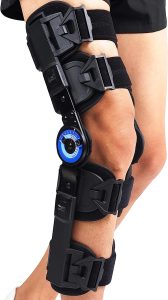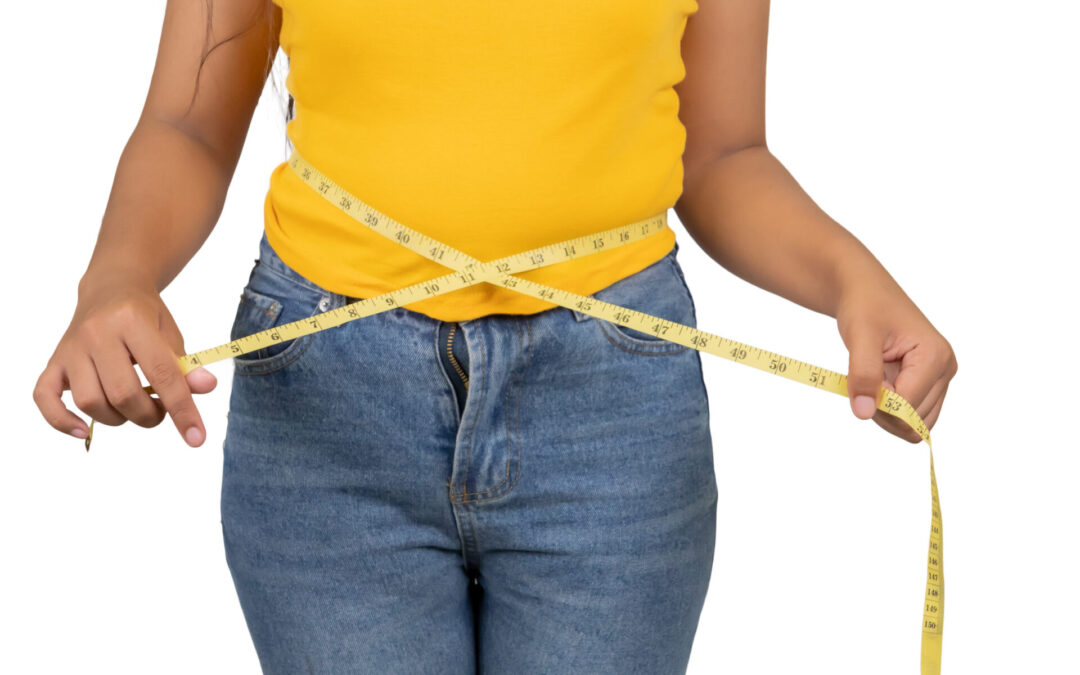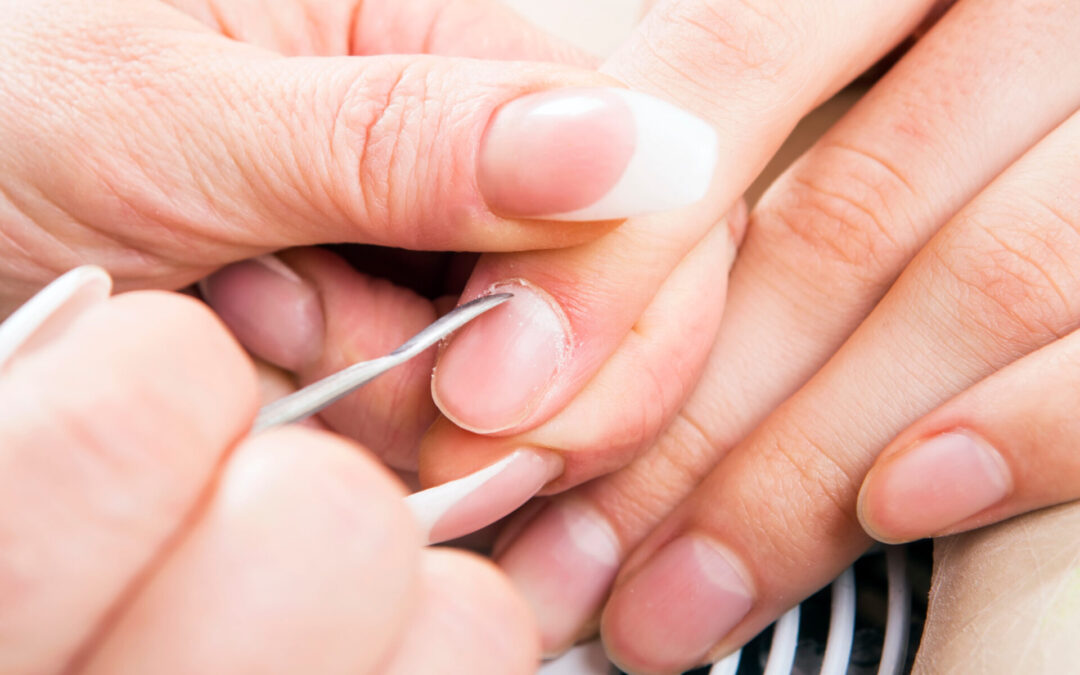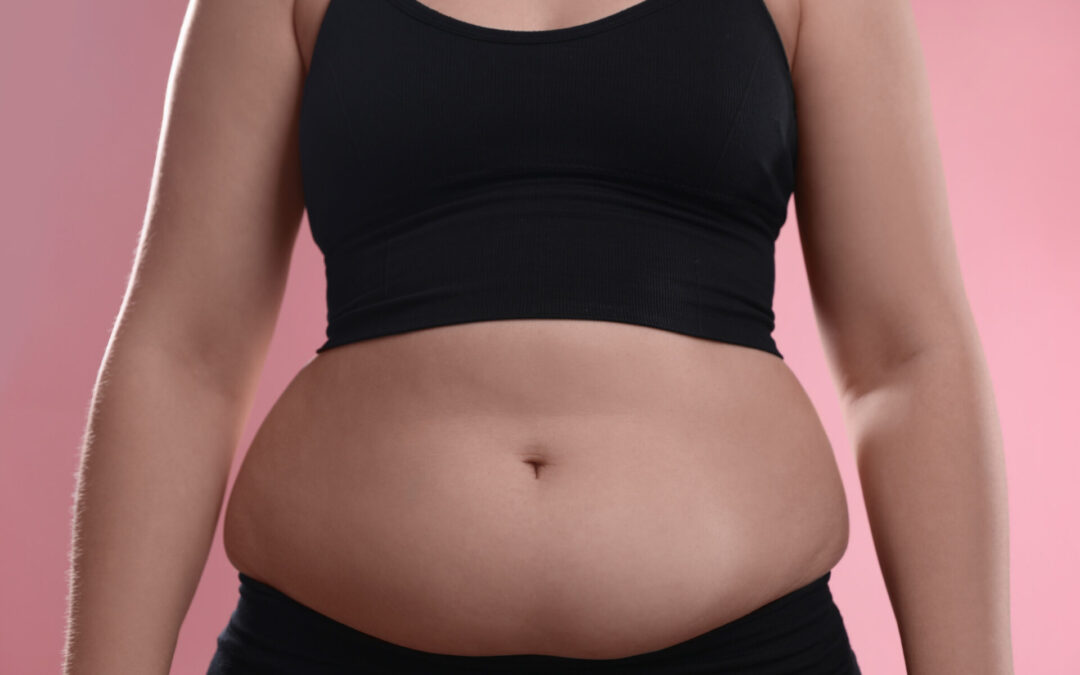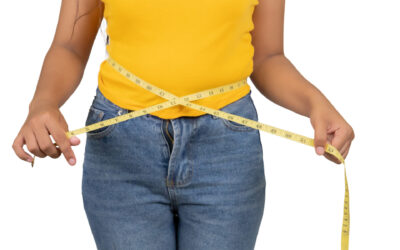In the realm of orthopedic accessories, leg braces stand as a pivotal tool, providing individuals with not only physical support but also the means to regain and enhance their mobility. As we navigate the dynamic landscape of healthcare and technology, the quest for the perfect leg brace has intensified, giving rise to innovative designs and advanced materials. In this comprehensive guide, we delve into the world of leg braces to unveil the Top 5 best options available. Whether you’re on the road to recovery from an injury or aiming to boost your athletic performance, join us as we explore the pinnacle of support and mobility, showcasing the finest leg braces that merge cutting-edge technology with ergonomic design.
Before we provide our comprehensive guide on leg braces, let us list off our favorite 5 options below (in no particular order).
1. NEENCA
2. Modvel Leg
3. Iron Bull Strength
4. BeActive Plus
5. Orthomen
Qualities That Make Great Leg Braces
- Customized Fit: The best leg braces prioritize a customized fit, recognizing that each individual’s anatomy is unique. Adjustable straps, customizable hinges, and various sizing options ensure that the brace conforms to the wearer’s specific dimensions, providing optimal support and comfort.
- Durable Construction: Durability is a crucial quality in leg braces, especially for those who lead active lifestyles or are on the path to recovery from injuries. High-quality materials, reinforced stitching, and robust construction contribute to the longevity of the brace, ensuring it can withstand the demands of daily activities or sports.
- Breathability and Comfort: A great leg brace strikes a balance between support and breathability. Ventilated materials and moisture-wicking fabrics help prevent discomfort caused by excessive heat and sweat. Comfortable padding and non-abrasive linings further enhance the overall user experience, making it suitable for extended wear.
- Targeted Support: Different individuals require support in varying areas of the leg, depending on their specific conditions or injuries. Great leg braces are designed with targeted support in mind, addressing the unique needs of the wearer. Whether it’s supporting the knee, ankle, or entire leg, the brace should provide the necessary stability where it’s needed most.
- Ease of Use: The best leg braces are user-friendly, taking into consideration ease of application and removal. Intuitive designs, user-friendly fastening mechanisms, and clear instructions contribute to a positive user experience. This quality is particularly important for individuals who may have limited dexterity or mobility.
- Versatility: Versatility in design allows a leg brace to adapt to various activities and situations. Whether someone is engaging in sports, going about daily activities, or recovering from an injury, a versatile leg brace accommodates these diverse needs. Adjustable features and multi-purpose designs enhance the brace’s adaptability.
- Medical Professional Approval: Leg braces that receive approval or recommendation from medical professionals carry an added level of credibility. Products that have undergone testing and gained endorsements from healthcare professionals are more likely to provide the necessary therapeutic benefits and meet the highest standards of quality and effectiveness.
- Low Profile and Aesthetics: Aesthetics play a role in the overall acceptance and compliance with wearing a leg brace. While functionality is paramount, a great leg brace is designed with a low profile, avoiding unnecessary bulkiness. Sleek designs and discreet appearances contribute to increased wearer confidence and adherence to recommended usage.
- Affordability and Accessibility: Accessibility to quality healthcare accessories is crucial. Great leg braces come in a range of price points, ensuring that individuals with different budgets can access reliable support. Affordability, however, should not compromise the essential qualities that make the brace effective and reliable.
- Ease of Maintenance: Keeping a leg brace clean and well-maintained is essential for its longevity and continued effectiveness. Look for braces with materials that are easy to clean, and those that are designed to withstand regular maintenance without compromising their structural integrity. This ensures the brace remains a reliable support tool over time.
How Do Leg Braces Help?
Leg braces are orthopedic devices designed to provide support, stability, and assistance to individuals dealing with various conditions, injuries, or disabilities affecting the lower limbs. These braces serve several purposes and offer a range of benefits, depending on the specific needs of the wearer. Here are some ways in which leg braces can be helpful:
- Stabilization of Joints: Leg braces are commonly used to stabilize and support joints, such as the knee or ankle, particularly after an injury or during the recovery process. By limiting excessive movement, these braces help prevent further damage and promote a more secure environment for healing.
- Injury Recovery: Following an injury to the leg, whether it’s a sprain, strain, or fracture, leg braces play a crucial role in the rehabilitation process. They provide support to the injured area, reduce strain on muscles and ligaments, and promote proper alignment, facilitating a speedier and more effective recovery.
- Joint Alignment Correction: Some leg braces are designed to address issues related to joint misalignment, such as those associated with conditions like arthritis or malformations. These braces help realign the joints, reduce pain, and improve overall mobility.
- Prevention of Injuries: In certain activities, such as sports or physically demanding jobs, leg braces are used as a preventive measure to reduce the risk of injuries. Athletes, for example, may wear braces to provide additional support and stability, minimizing the chance of sprains, strains, or other traumatic injuries.
- Post-Surgical Support: After orthopedic surgery on the leg, individuals often require external support to protect the surgical site, maintain proper alignment, and facilitate the healing process. Leg braces are commonly prescribed in post-surgical care plans to provide the necessary support during the recovery period.
- Management of Chronic Conditions: Leg braces are beneficial for individuals dealing with chronic conditions affecting the lower limbs, such as osteoarthritis or rheumatoid arthritis. These braces can help alleviate pain, reduce inflammation, and improve joint function, enhancing the overall quality of life for those with these conditions.
- Improved Stability and Balance: For individuals with balance issues or weakness in the legs, leg braces can enhance stability and balance. This is particularly important for older adults or those with neurological conditions that affect muscle control.
- Facilitation of Mobility: Leg braces can assist individuals with mobility challenges, enabling them to move more comfortably and with greater confidence. This is especially relevant for individuals with conditions like cerebral palsy or muscular dystrophy.
- Customized Support: Leg braces are available in various designs and configurations, allowing for customization based on the specific needs of the wearer. Whether someone requires support for the entire leg or a targeted area, such as the knee or ankle, braces can be tailored to address individual requirements.
- Rehabilitation and Physical Therapy: In conjunction with physical therapy, leg braces are often used to aid in rehabilitation exercises. They provide external support, allowing individuals to engage in therapeutic activities and gradually regain strength, flexibility, and range of motion.
It’s important to note that the effectiveness of leg braces depends on proper fitting, adherence to usage guidelines, and consideration of individual health conditions. Consulting with a healthcare professional is crucial to determine the most suitable type of leg brace and ensure its optimal benefits for the wearer.
Different Reasons to Wear Leg Braces
There are various reasons why individuals may wear leg braces, ranging from injury prevention to the management of chronic conditions. Here are different reasons why someone might use leg braces:
- Injury Recovery: Leg braces are commonly worn during the recovery process after injuries such as sprains, strains, fractures, or ligament damage. They provide support, reduce strain on the affected area, and promote proper healing.
- Post-Surgical Support: After orthopedic surgery on the leg, individuals often wear leg braces to provide support, protect the surgical site, and ensure proper alignment during the healing phase.
- Joint Stability: Leg braces help stabilize joints, especially for individuals with conditions like ligament laxity or joint instability. This support can be crucial in preventing further injuries and maintaining joint integrity.
- Arthritis Management: People with arthritis, whether osteoarthritis or rheumatoid arthritis, may use leg braces to reduce pain, control inflammation, and improve joint function. These braces can provide additional support to arthritic joints.
- Sports and Athletic Activities: Athletes often wear leg braces for injury prevention and performance enhancement. These braces can provide support to vulnerable areas, such as the knees or ankles, reducing the risk of sprains, strains, or other sports-related injuries.
- Malalignment Correction: Leg braces are used to address issues related to joint malalignment, where the bones are not properly aligned. Braces can help correct the alignment, improving overall joint function and reducing discomfort.
- Neurological Conditions: Individuals with neurological conditions that affect muscle control, such as cerebral palsy or multiple sclerosis, may use leg braces to enhance stability, improve mobility, and reduce the risk of falls.
- Balance Improvement: Leg braces can aid individuals with balance issues, providing additional support and stability. This is particularly relevant for older adults or those recovering from conditions that affect balance.
- Prevention of Overuse Injuries: In certain occupations or activities that involve repetitive stress on the legs, leg braces can help prevent overuse injuries by providing support and reducing the strain on muscles and joints.
- Congenital Conditions: Some individuals may be born with conditions that affect the structure or function of the legs. Leg braces can be used to provide support and improve mobility in cases of congenital conditions.
- Rehabilitation and Physical Therapy: Leg braces are often incorporated into rehabilitation and physical therapy programs. They assist individuals in performing therapeutic exercises, gradually rebuilding strength, flexibility, and coordination.
- Customized Support: Leg braces can be customized to address specific needs. Whether someone requires full-leg support or targeted assistance for a particular joint, braces can be tailored to provide the necessary level of support.
- Pain Management: Individuals experiencing chronic pain in the legs, whether due to injuries, arthritis, or other conditions, may find relief through the use of leg braces, which can help distribute pressure more evenly and reduce discomfort.
- Enhanced Mobility: Leg braces can facilitate improved mobility for individuals with mobility challenges, enabling them to move more comfortably and independently.
It’s important for individuals to consult with healthcare professionals to determine the most appropriate type of leg brace for their specific needs, ensuring proper fit and optimal benefits.
Medical Conditions That Require Leg Braces
Leg braces are often prescribed or recommended for various medical conditions to provide support, stability, and assistance to individuals with specific orthopedic or neurological needs. Some medical conditions that may require the use of leg braces include:
- Sprains and Strains: Leg braces are commonly used in the rehabilitation process for individuals recovering from sprains and strains, providing support to the affected area and promoting proper healing.
- Fractures: After a leg fracture or during the healing process, leg braces are often used to immobilize the affected limb, provide support, and prevent further injury.
- Anterior Cruciate Ligament (ACL) Injuries: ACL injuries, common in sports, often require the use of knee braces to stabilize the joint and support the healing process, particularly before and after surgery.
- Post-Surgery Recovery: Various orthopedic surgeries, such as knee or ankle surgeries, may necessitate the use of leg braces to support the affected joint, protect surgical sites, and aid in the recovery process.
- Osteoarthritis: Leg braces can be used to manage symptoms of osteoarthritis, providing support to the affected joints, reducing pain, and improving mobility.
- Rheumatoid Arthritis: Individuals with rheumatoid arthritis may use leg braces to alleviate joint pain, reduce inflammation, and support the affected joints during movement.
- Cerebral Palsy: Individuals with cerebral palsy, a neurological condition affecting muscle control and movement, may use leg braces to improve stability, assist with walking, and enhance overall mobility.
- Multiple Sclerosis (MS): Leg braces can be beneficial for individuals with MS, helping to manage gait abnormalities, reduce muscle weakness, and improve walking ability.
- Charcot-Marie-Tooth Disease (CMT): CMT is a hereditary neurological condition that can lead to muscle weakness and imbalance. Leg braces may be prescribed to provide support and enhance mobility.
- Drop Foot (Foot Drop): This condition, often a result of nerve damage, impairs the ability to lift the front part of the foot. Ankle-foot orthoses (AFOs) are commonly used to address drop foot and improve walking.
- Malalignment Issues: Leg braces can be used to address issues of joint malalignment, where the bones are not properly aligned. Braces can help correct the alignment and improve joint function.
- Muscular Dystrophy: Muscular dystrophy is a group of genetic disorders leading to muscle weakness. Leg braces may be prescribed to provide support and assist with mobility in individuals with muscular dystrophy.
- Spinal Cord Injuries: Individuals with spinal cord injuries that affect lower limb function may use leg braces to improve stability, prevent muscle atrophy, and enhance mobility.
- Leg Length Discrepancy: Leg braces can be used to address leg length discrepancies, providing support and alignment for individuals with variations in leg length.
- Peripheral Neuropathy: Leg braces may be recommended for individuals with peripheral neuropathy to improve balance, reduce the risk of falls, and provide support to weakened muscles.
It’s crucial for individuals with these conditions to consult with healthcare professionals, such as orthopedic specialists or physical therapists, to determine the most appropriate type of leg brace and ensure proper fitting for their specific needs.
Pros and Cons of Leg Braces
Leg braces can offer significant benefits in terms of support, stability, and mobility for individuals with various medical conditions. However, like any medical intervention, leg braces also come with certain considerations. Here are the pros and cons of leg braces:
Pros:
- Support and Stability:
- Pro: Leg braces provide crucial support to injured or weakened joints, helping to stabilize the affected area during the healing process.
- Injury Prevention:
- Pro: Athletes often use leg braces to prevent injuries, especially in high-impact sports, by providing additional support to vulnerable joints.
- Post-Surgery Aid:
- Pro: Leg braces are commonly used post-surgery to protect surgical sites, maintain proper alignment, and support the recovery process.
- Pain Relief:
- Pro: Leg braces can help alleviate pain associated with conditions like arthritis by providing support and reducing strain on affected joints.
- Improved Mobility:
- Pro: For individuals with mobility challenges, leg braces can enhance stability and facilitate improved mobility, allowing for more independent movement.
- Customization:
- Pro: Leg braces come in various designs and can be customized to address specific needs, providing targeted support to different areas of the leg.
- Management of Neurological Conditions:
- Pro: Individuals with neurological conditions like cerebral palsy or multiple sclerosis may benefit from leg braces to improve stability and walking ability.
- Prevention of Muscle Atrophy:
- Pro: Leg braces can help prevent muscle atrophy by providing support and encouraging muscle use, especially in cases of prolonged immobilization.
Cons:
- Discomfort:
- Con: Some individuals may find leg braces uncomfortable, especially if they are not properly fitted or if there is friction between the brace and the skin.
- Skin Irritation:
- Con: Prolonged use of leg braces may lead to skin irritation or pressure sores, particularly if the brace is too tight or if proper hygiene practices are not followed.
- Restricted Movement:
- Con: While leg braces provide stability, they can also limit natural joint movement. This restriction may be challenging for individuals who need to perform certain activities or exercises.
- Dependency Concerns:
- Con: There’s a potential risk of dependency, where individuals may become reliant on the brace and not engage in exercises or activities that could contribute to long-term strength and mobility.
- Cost:
- Con: Leg braces can be expensive, and not all insurance plans may cover the full cost. This can be a barrier for some individuals in accessing the necessary support.
- Heat and Sweating:
- Con: Leg braces, especially those made from non-breathable materials, may cause heat and sweating, leading to discomfort and potential skin issues.
- Aesthetic Concerns:
- Con: Some individuals may experience self-esteem issues or reluctance to wear leg braces due to aesthetic concerns, especially if the braces are bulky or visible.
- Fit Issues:
- Con: Improperly fitted leg braces may not provide the intended support and could potentially cause further discomfort or complications.
It’s important for individuals considering or using leg braces to consult with healthcare professionals to ensure proper fitting, address any concerns, and receive guidance on their use. The decision to use leg braces should be based on an individual’s specific medical needs and lifestyle considerations.
Brace Yourself, It’s the End of the Article
In the dynamic landscape of orthopedic care, choosing the right leg brace is not just about finding support; it’s about embracing a renewed sense of mobility and well-being. As we conclude our exploration of the Top 5 Leg Braces, it becomes evident that these innovative devices are not merely accessories; they are transformative tools designed to enhance the lives of individuals on diverse journeys, from recovery to performance optimization. With customizable fits, cutting-edge materials, and a focus on targeted support, these leg braces stand as champions in the realm of orthopedic solutions. As you embark on your quest for the perfect brace, may this guide serve as a compass, directing you toward the optimal balance of support, comfort, and the freedom to move confidently through each step of your unique path.
Zoppler is reader supported and may earn affiliate commissions from links on this page. We support and believe in all the products and services we promote and are affiliated with.

